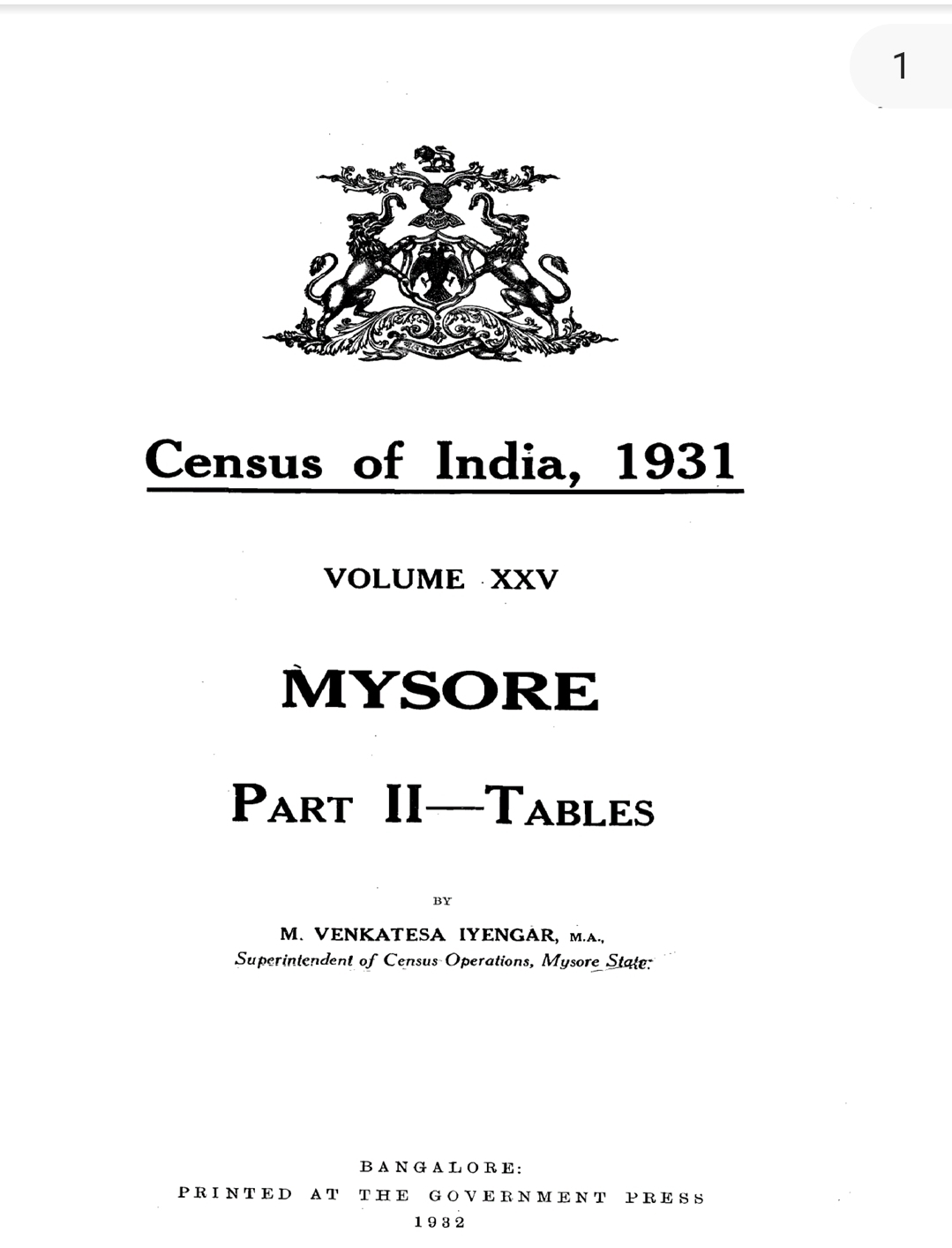Evolution Of Weaving Shuttle: From Handloom to Powerloom.
The Weaving Shuttle,a seemingly simple yet crucial tool in the textile industry, has undergone a fascinating evolution over centuries.
From its humble beginnings as a handheld device to the incorporation of advanced materials and technologies in powerlooms the evolution of the weaving shuttle mirrors the transformative journey of textile production.
The earliest weaving shuttles date back to ancient civilizations, where simple handheld devices were used in the weaving process. Weaver would manually pass these shuttles through the warp threads, enabling the weft threads to be woven into the fabric.
The 18th century witnessed a significant leap with the introduction of flying shuttles. Invented by John Kay in 1733, the flying shuttle was a pivotal innovation that increased weaving speed. It allowed the shuttle to be thrown across the loom by pulling a cord, reducing the need for a second weaver.
Boat shuttles, also known as boat-shaped shuttles, became popular in the 19th century. These shuttles had a boat-like structure, allowing them to carry a larger amount of weft thread. The boat shuttle design improved efficiency and enabled longer uninterrupted weaving sessions.
The Industrial Revolution brought about mechanization in textile production. Automatic shuttles, driven by the power of early industrial looms, further increased weaving speed. These shuttles were propelled back and forth using various mechanical mechanisms, reducing the reliance on manual labor.
The mid-20th century saw the emergence of the projectile shuttle. This shuttle, propelled by a device known as a projectile, could carry the weft thread across the loom at high speeds. The projectile shuttle facilitated rapid and efficient weaving, contributing to the mass production of textiles.
With the advent of modern weaving technology, air-jet and water-jet shuttles gained prominence. These shuttles use compressed air or water to propel the weft thread across the warp. The high-speed, precision, and versatility of these shuttles revolutionized the efficiency of weaving.
In contemporary times, electronic control systems have been integrated into shuttle technology. Electronic control allows for precise adjustments, reduces errors, and enhances the overall automation of the weaving process.
Traditional wooden shuttles have given way to shuttles made from materials like carbon fiber and other lightweight, durable substances. These materials contribute to the longevity and performance of modern shuttles.
The ongoing evolution sees the emergence of smart shuttles equipped with sensors and connectivity. These shuttles can provide real-time data on weaving conditions, enabling weavers to monitor and optimize the production process.
The future of weaving shuttles might involve further advancements in automation, artificial intelligence, and sustainability. Innovations are likely to focus on reducing environmental impact and enhancing energy efficiency in the weaving process.
The journey of the weaving shuttle from its manual origins to the sophisticated technology of today reflects not only advancements in textile production but also the ingenuity and creativity of those who have contributed to the evolution of this essential tool.
As technology continues to advance, the weaving shuttle remains at the heart of the textile industry, weaving together the threads of tradition and innovation.
"A Weaving Shuttle, Carrying The Dreams Of Weavers, Stitches The Fabric Of Heritage and Modernity."
The Warp and Weft Society:
https://chat.whatsapp.com/G0GlK16k5nMJIeLRhYgXL1
https://www.facebook.com/groups/639106918190039/?ref=share_group_link
#828






Comments
Post a Comment